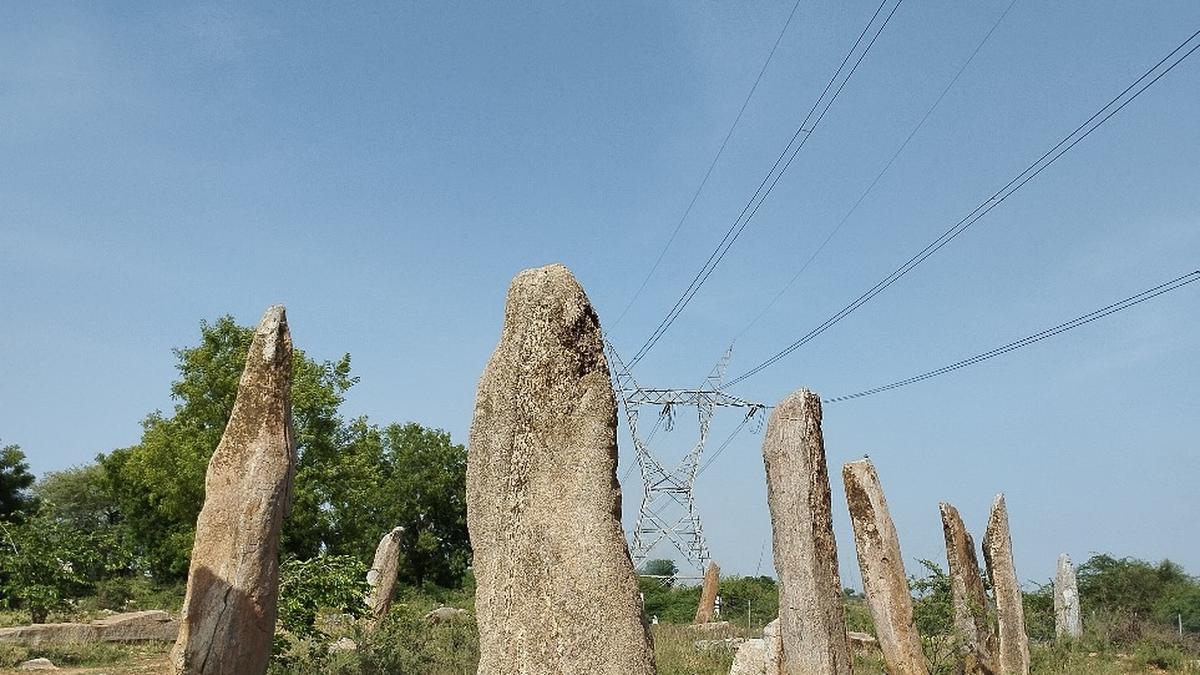The Mudumal Megalithic Menhirs have been included in India’s tentative list for UNESCO World Heritage Sites. Telangana currently has just one UNESCO World Heritage Site—the Ramappa Temple, designated in 2021. If approved, the Mudumal menhirs could become the second site in the state to receive this prestigious status.
Understanding Menhirs
Menhirs are large, upright stones, often tapered at the top, meticulously placed by humans. The term ‘menhir’ is derived from the Brittonic words meaning ‘long stone.’ One of the most remarkable menhirs, the Grand Menhir Brisé in France, originally stood at an astonishing 20.6 meters tall.
Historical Significance
Menhirs trace their origins to the late Neolithic and early Bronze Age, dating back approximately 4,800 to 3,800 years ago. The oldest European menhirs are estimated to be around 7,000 years old. In India, the Mudumal menhirs represent one of the earliest known examples of monumental architecture.
Purpose and Interpretation
The function of menhirs remains a subject of scholarly debate. Theories suggest they served ceremonial purposes, functioned as grave markers, or held astronomical significance. Some researchers propose that the Mudumal site may have been an ancient astronomical observatory, with certain menhirs aligned to track solar events such as solstices.
Cultural and Mythological Connections
Local folklore is deeply entwined with the Mudumal menhirs. One particular stone is revered as an embodiment of Goddess Yellamma, highlighting the site’s cultural and religious significance. Such associations underscore the role of menhirs in community traditions and beliefs.
Path to UNESCO Recognition
The Mudumal menhirs hold strong credentials for UNESCO heritage status due to two key factors:
- Technological and Astronomical Insights – They demonstrate the advanced knowledge of ancient civilizations.
- Cultural and Societal Value – These structures provide a glimpse into the spiritual and social systems of early societies.
Their construction, requiring significant effort and coordination, signifies their importance to the communities that erected them.
Archaeological Impact
Gaining UNESCO recognition would bolster archaeological research in India, promoting further exploration of megalithic sites. Such studies can yield invaluable insights into prehistoric societies, their customs, and their interaction with the environment.
With global recognition, the Mudumal menhirs could attract further academic attention and preservation efforts, ensuring their legacy endures for generations to come.




